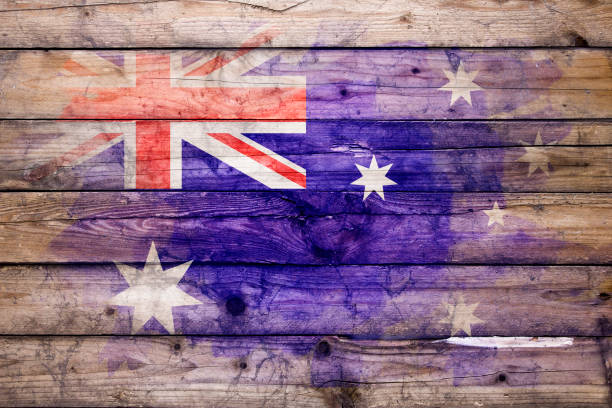
The battle between Singapore’s ride sharing operators and taxi companies heated up last week. This was with Grab announcing that it will offer ComfortDelGro drivers substantial reductions in the cost of taxi rentals, with the hope they leave their bright, blue taxis in the garage and switch to a Grab vehicle. The aggressive poaching of drivers was unexpected and is indicative of the fierce level of competition so apparent on the streets of the city state.
I recently asked one of my colleagues whether the bus service from her home to our office had improved. She promptly responded that she doesn’t bother with the bus anymore. For a similar price she can use a ride sharing service. When I asked which one, she duly informed me that it depended upon which operator was giving the most vouchers. At the end of our chat we estimated it was costing her less than four dollars to take an Uber, or Grab, a distance of about seven kilometres into the Central Business District (CBD). Once you factor in road tolls, there isn’t much margin left for the service provider.
Yet, here lies the mystery of the current shootout on the streets of Singapore. What is the end objective? If it’s loyalty, then the voucher system is quickly eroding that. If it’s market penetration, then it will come at an unsustainable cost. Finally, and I know in an Amazon market‐share‐obsessed world this is an unpopular perspective – if it’s profit, then the Grab-Uber showdown is very much a race to the bottom. Even though both companies have some big financial backers, pursuing a discounted revenue stream at the sacrifice of profit will only ensure neither party has anything to show for it in the long term. Anyone remember the tech-wreck in 2001? Financial backers are a fickle mob and, eventually, companies will be assessed on their capacity to generate profits – year in, year out.
The most confounding aspect to Uber in 2017 is this: What does the brand actually stand for? Is it an ex‐CEO with questions regarding the way he engages his employees? Is it a company that favours an international tax strategy to minimise local taxes? Or, is it drivers that feel frustrated the company may only be using them until driverless cars are permitted on normal roads?
Who is leveraging its brand better?
From a marketing perspective, Grab is leveraging its brand better when compared to Uber. Whilst Uber disrupted the taxi industry with savvy technology back in 2009 and a ground‐breaking mobile platform, Grab has now used similar technology but built a much more visible brand. With branding still a work in progress, both firms would be wise to consider what their respective brand’s sacred assets are.
In their simplest form, sacred assets reflect the most important expressions of a brand.
They are the elements— behavioural, visual, verbal and experiential—that truly distinguish a brand. For Tiffany, it’s their light blue box. For Nike, it’s the distinct swoosh that adorns its products, and for Harley-Davidson it’s the unique exhaust note on any one of their bikes.
It would appear neither Grab nor Uber have easily identifiable sacred assets. Although one could be excused for wondering if an urbane car, poorly parked in a CBD no standing zone, with its hazard lights on is fast becoming the most recognisable feature of the Uber brand.
It is surprising that neither Grab nor Uber have focused on what many would consider the most obvious of sacred assets in the ride sharing segment – the driver. Uber has tried to do this, but with limited success. In its early days of operation, it was not unusual to have an Uber driver extolling the virtues of freedom that came with the job. Those days now seem a long time ago.
In contrast to its newer rivals, ComfortDelGro has adapted well to the recent disruption. Out of all of Singapore’s taxi firms, it is the most popular. The distinct blue livery of its fleet is clearly visible and the company has started doing something that Uber cannot. With approximately 16,000 taxis on its ComfortDelGro/CityCab fleet, it’s now turning its cabs into moving billboards.
The messaging that’s prominent on ComfortDelGro’s fleet boasts “Flat fares. No surge pricing”. If you talk to users of Uber and Grab, one of the biggest pain points is the premium charged at the height of the peak. So, ComfortDelGro is understandably targeting its competitors where they are vulnerable. It is likely Grab may respond by using its fleet as a vehicle for communication. However, due to the open-source structure deployed by Uber, such a prominent mechanism for branding is simply not an option.
The events of the last week, with Grab’s promise of cheaper vehicle rentals, were an unusual move. Up until now, the focus has been on the demand side. Make no mistake, the lure of cheaper vehicles is all about negatively impacting ComfortDelGro’s ability to provide a reliable service. It is calculated, functional and wholly concentrated on logistics. The higher order influence of the brand seems to be missing as Grab, Uber and ComfortDelGro currently slug it out.
As the focus eventually returns to each operator’s brand, I can’t help but thinking Uber faces the toughest challenge. Great brands stand for something and they rarely stand still. For Uber, it’s very much a case of what got you here, won’t get you there.
If the company’s marketers want to stay top of mind with Singaporeans, they need to double down on defining what the brand stands for and then do everything they can to ensure it is much more prominent on city streets. ComfortDelGro must continue to lean in on mobile based technology so that relevance with a younger demographic is maintained. As for Grab, last week’s events signal that we should continue to expect the unexpected.
This article was first published in Marketing Magazine Asia in September 2017




